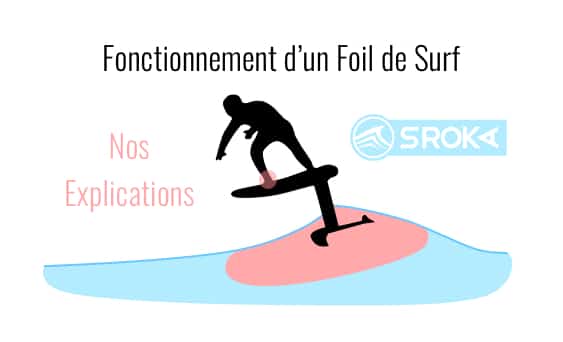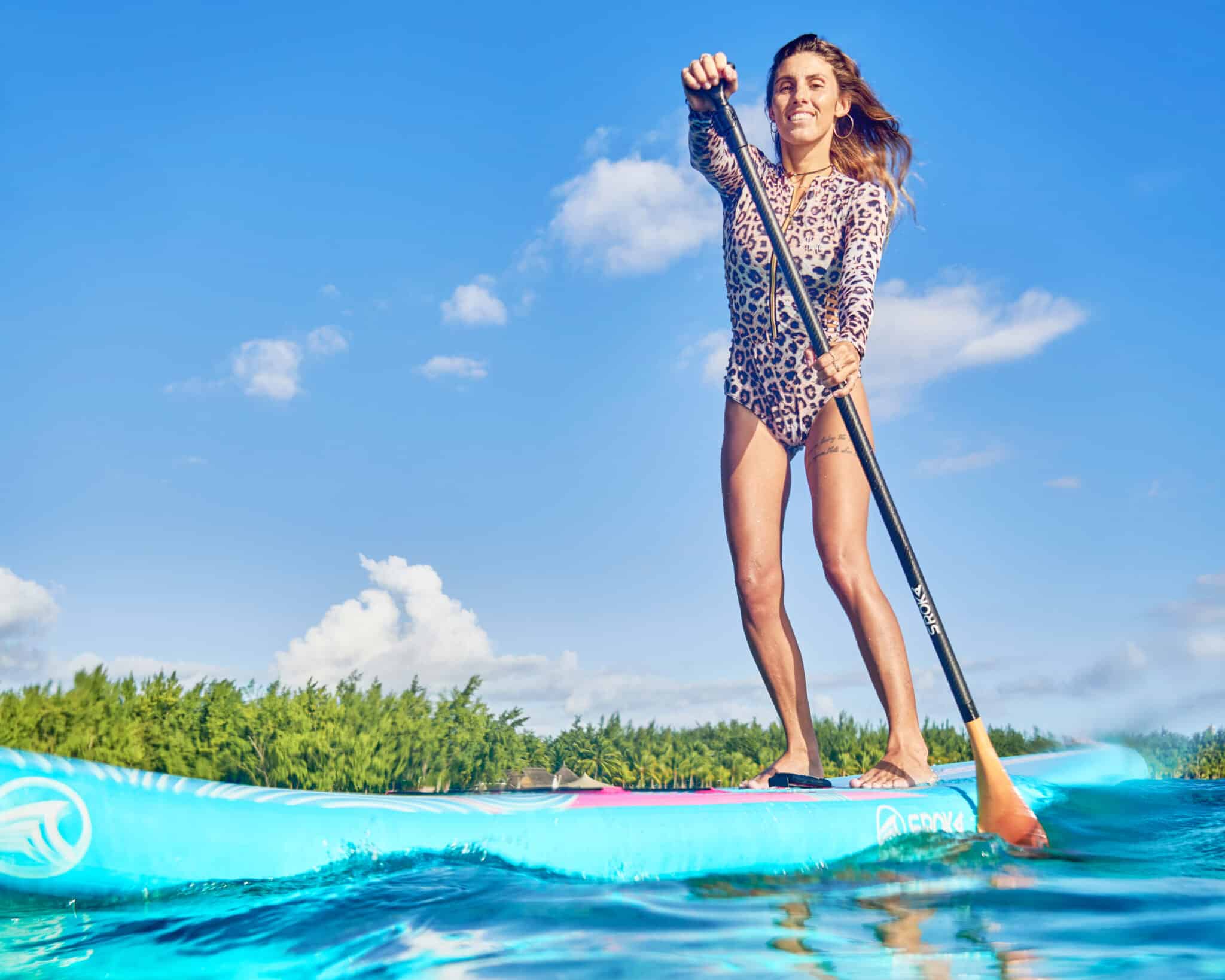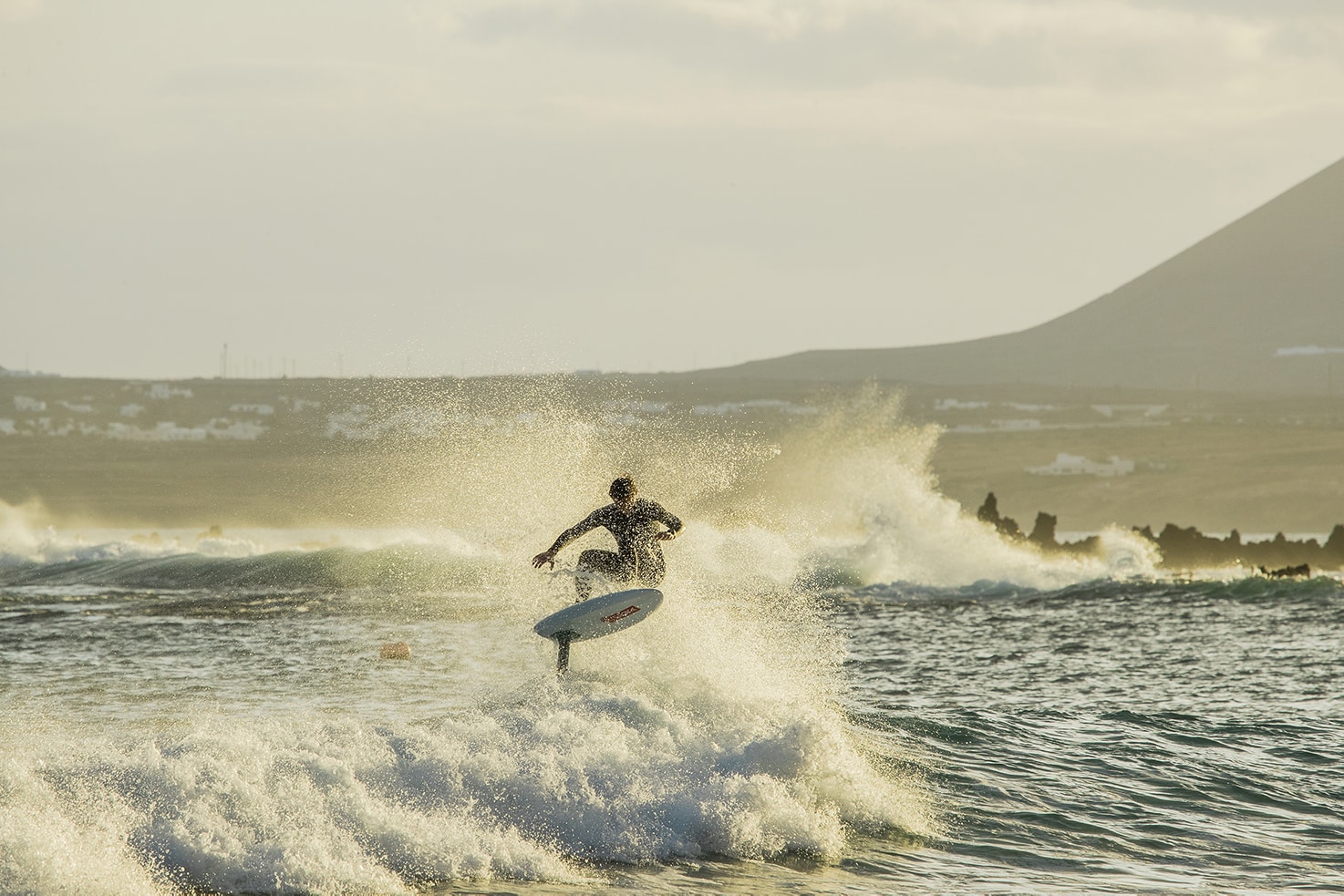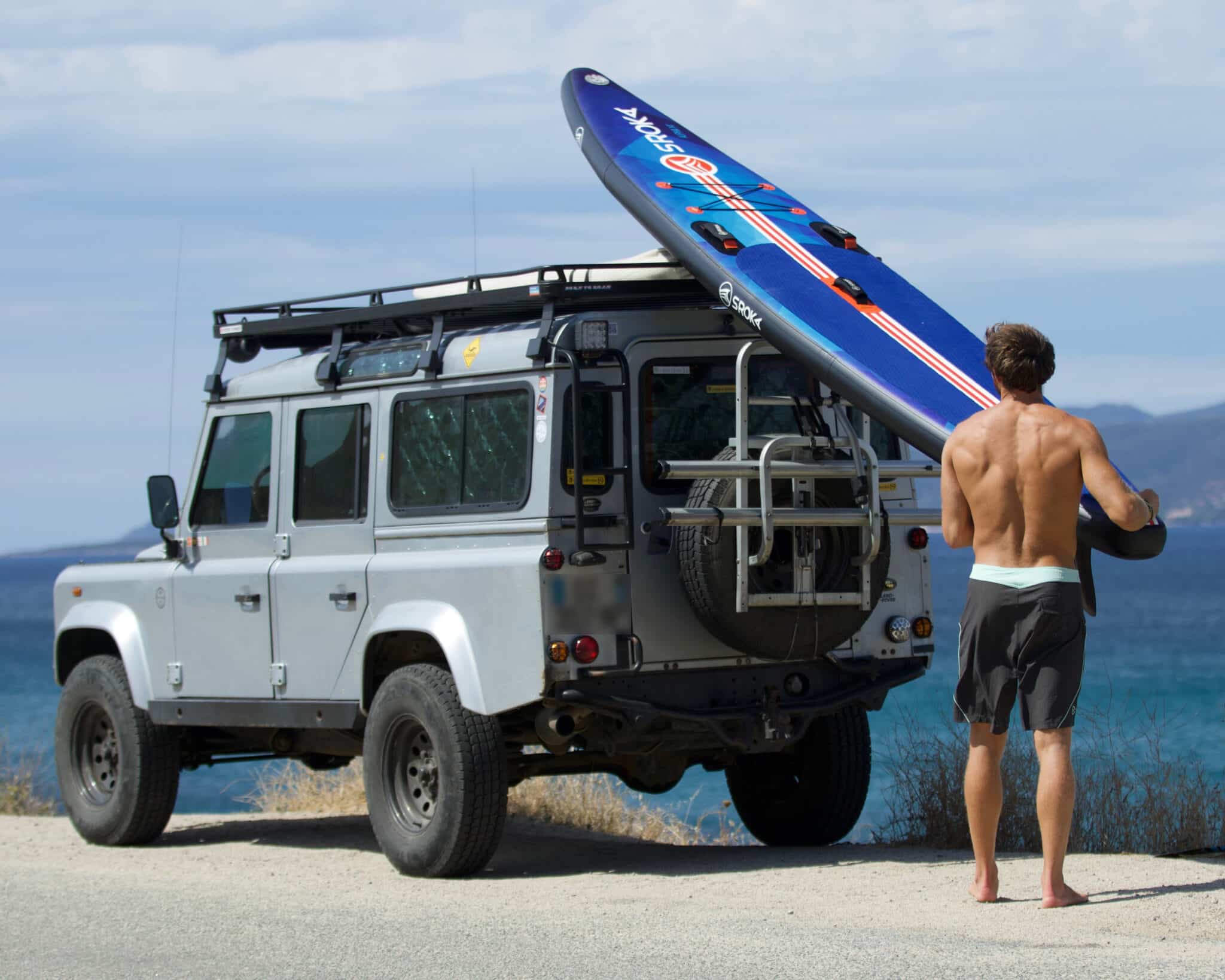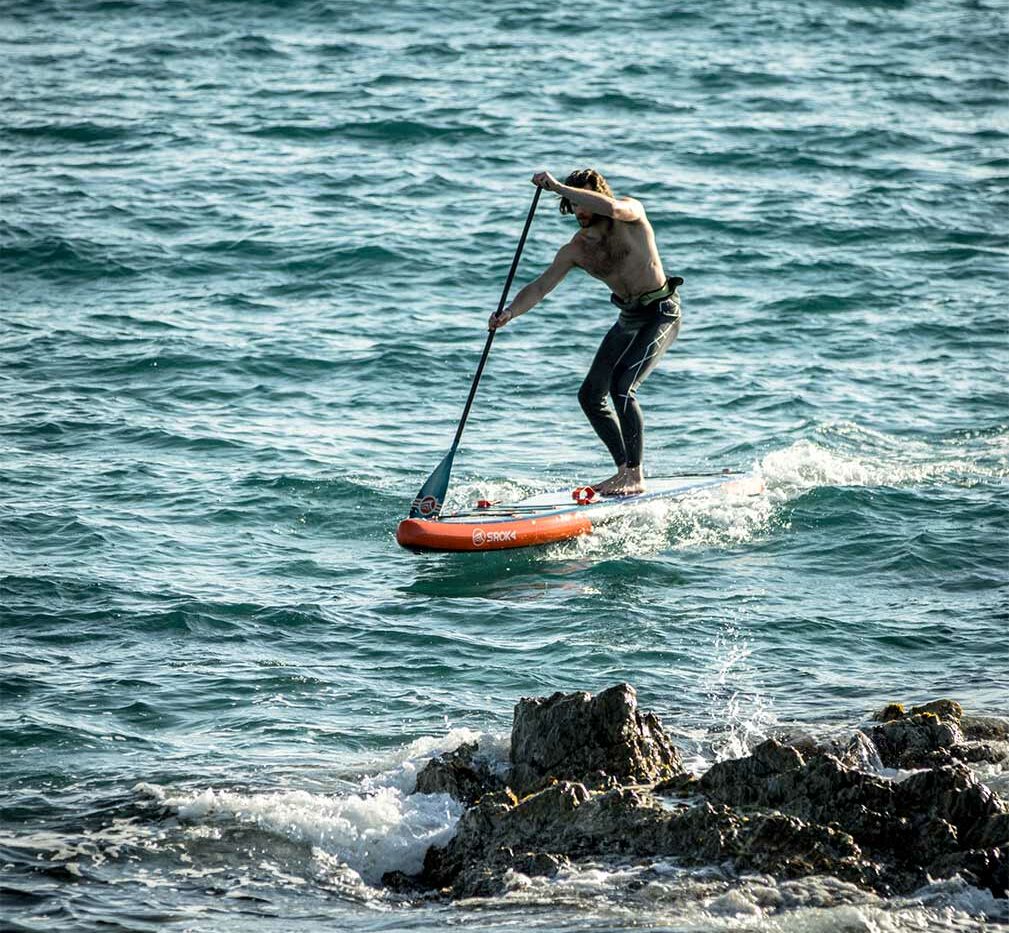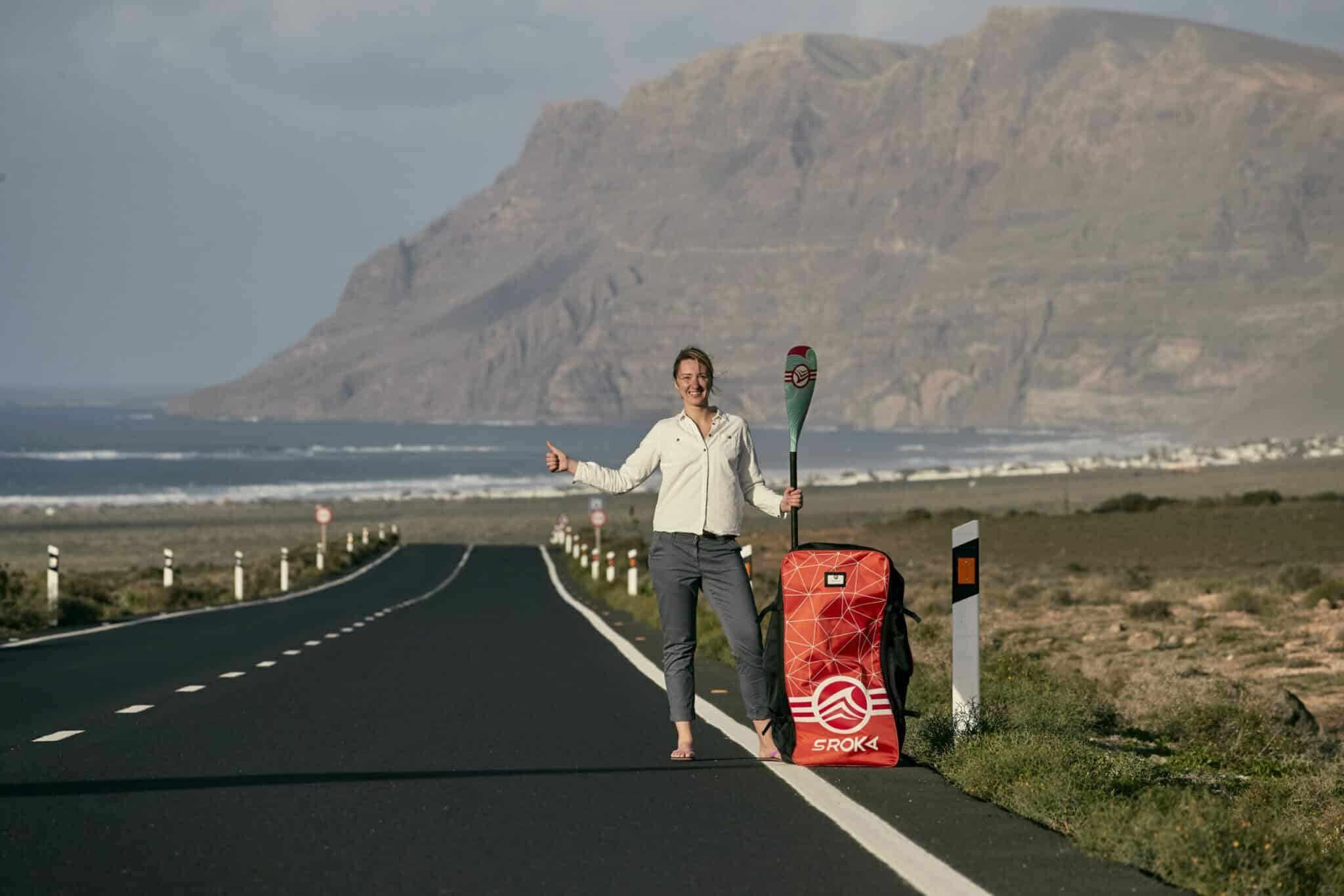 LE MAGAZINE
LE MAGAZINEWing foilhow to make a successful 360?

The 360 wing foil is a maneuver that allows you to start freestyling flat on the water. This trick, which involves performing a complete turn on yourself while maintaining flight, is not only impressive to see but also incredibly rewarding to perform.
Mastering the 360° requires a good understanding of the fundamentals of wing foil, a complete coordination between the upper and lower body. In this article, we will guide you through the key steps to successful 360° wing foil, starting with the essential basics to the advanced tricks that will make you an expert at performing 360° wing foil. Whether you’re a curious beginner or looking to perfect your skills, this guide is designed to give you the basics for a successful 360°.
Ready to embark on a 360° wing flying adventure? foil Follow us step by step and discover how to master this trick with grace and confidence.
Wing foil360° success: prerequisites
1. Mastering the fundamentals of wing foil
For a successful 360° in wing foilit’s essential to master the basics. Before attempting this maneuver, you need to master..:
- Balance on foil: You need to be comfortable with managing your balance on foil, whether in a straight line or in a turn, with the possibility of modifying the position of your feet on the board.
- Wing control: Good wing control is crucial. You need to know how to position it and move it in the wind to obtain the necessary propulsion or counter-square its power.
- Basic turning: Knowing how to jibe is essential before attempting a 360 and starting to tack.
- Have sufficient speed to stay in the air for the entire 360°.

2. Optimum conditions
Optimal conditions are crucial. Choose moderate wind conditions, neither too strong nor too weak, for greater control and safety. It’s also advisable to practice on a stretch of water without too many waves or currents, to facilitate maneuvering.

3. 360° equipment
- Foil : Use a foil adapted to your level and size. But above all a foil that glides and stays in the air for a long time. High-span foils, for example, will give you glide and long flight times.
- Wing Choose the right wing size for the wind conditions. A slightly smaller wing will be easier to turn and less physical.
By making sure you meet these prerequisites, you’ll increase your chances of successfully completing your 360 in wing foil and improving your freestyle experience on the water.
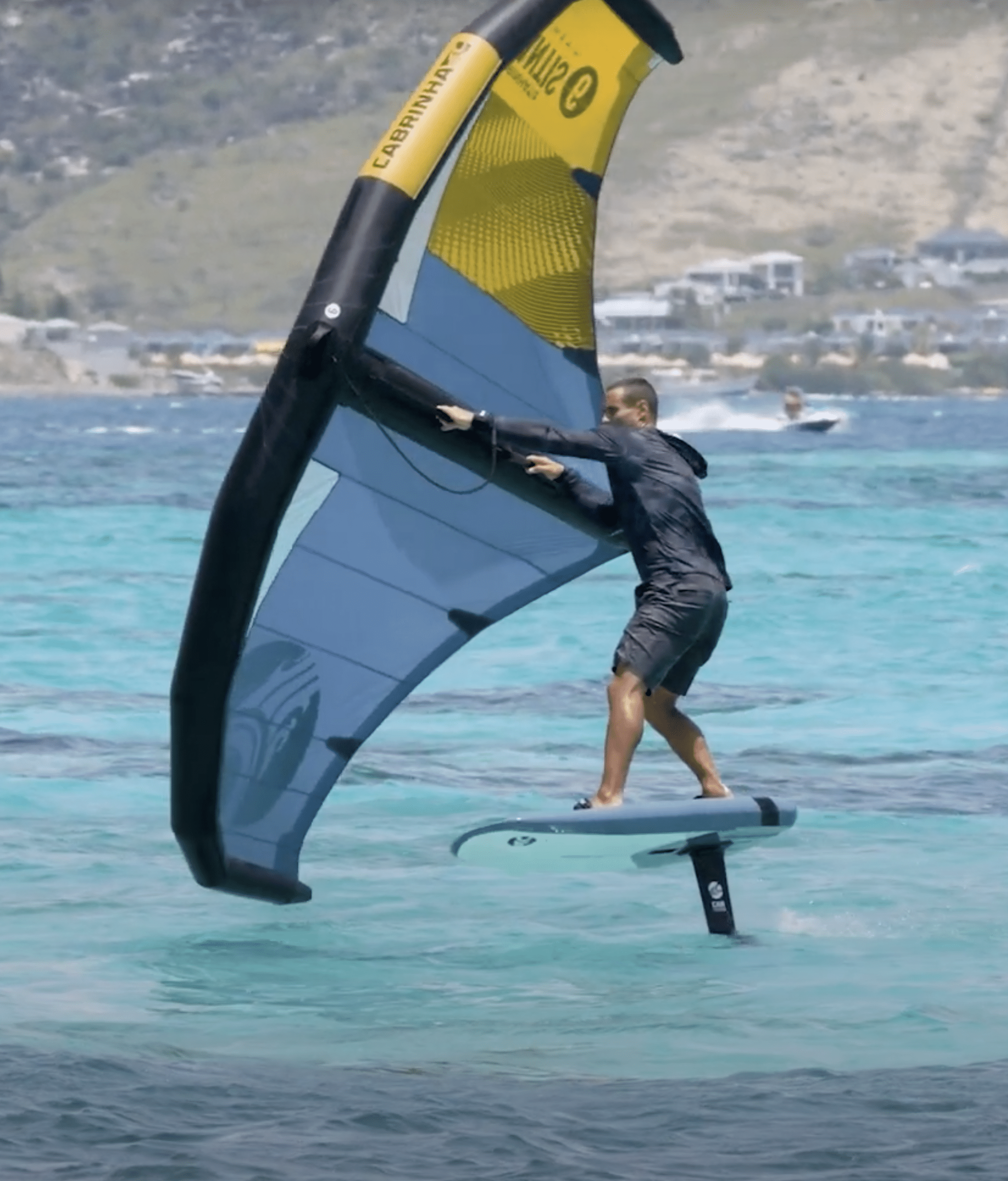
The different stages of a successful 360°.
Breaking down the various steps involved in making a 360 into Wing foil :
1. Preparation
- Starting position: Make sure you are comfortable with your wing foil and that you have a good initial speed. If your speed is too low, you won’t be able to finish your rotation. The starting position should be balanced and sandy. Ideally, remove all your straps, or if you can’t sail without straps, remove at least the rear straps. Your rear foot can be shifted to leeward to give you more stability.
- Take more speed before engaging the 360°.

2. Rotation initiation for 360° success
Basically, a 360 will always start as a jibe at the board support. So just imagine yourself doing a jibe.
- Triggering the rotation: Start by pressing down on the ball of your foot while tilting your body slightly towards the inside of the bend and turn your shoulders in the direction of the desired rotation.
- Using the wing: Use the wing to help you turn by positioning the leading edge downwards to facilitate rotation without causing the tips to touch the water. Push the front hand forward and down and bring the back hand back to the head position to orientate the wing and start the rotation.
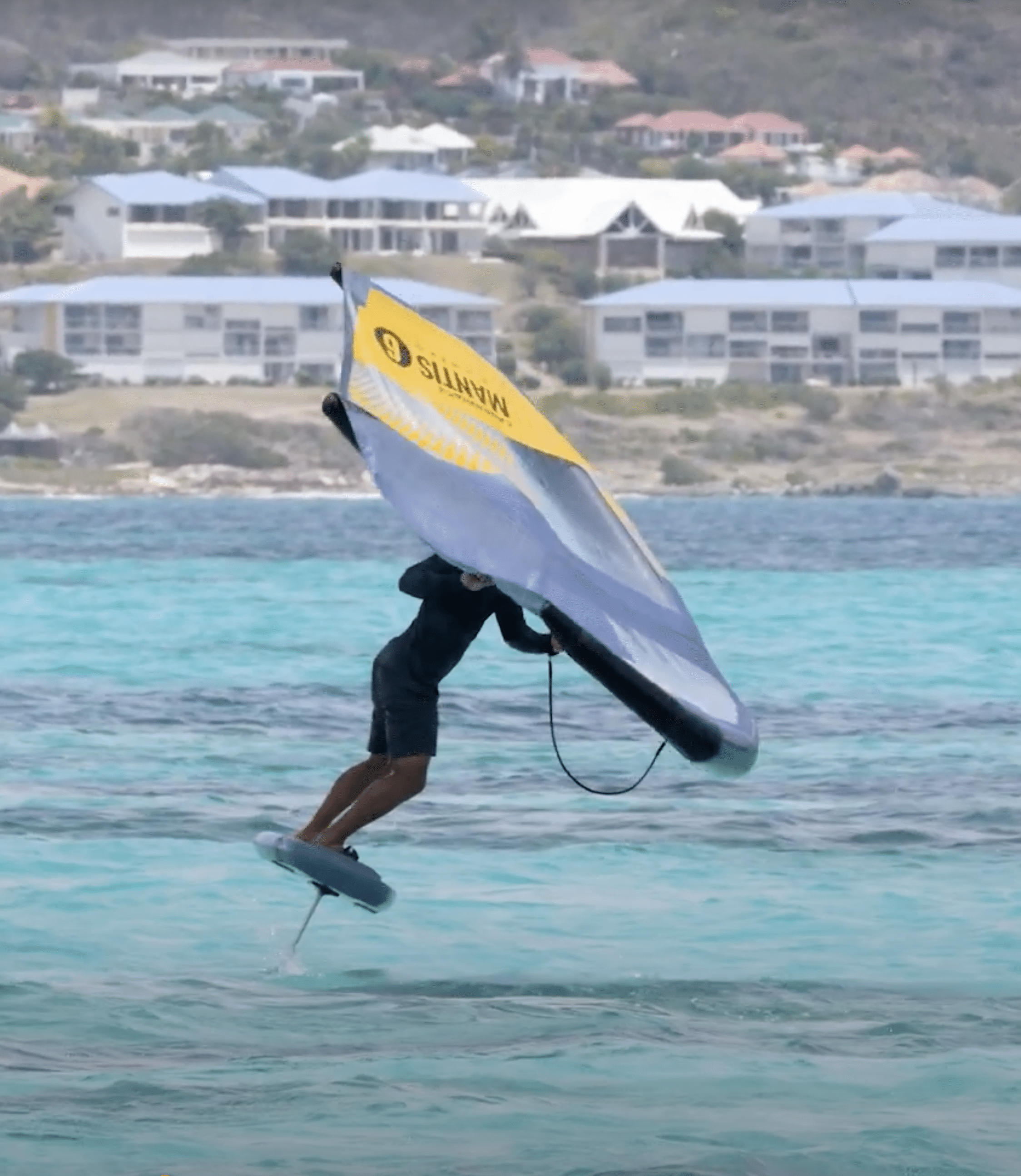
3. 360° rotation
- Body coordination: keep pressing on the supports. When your back is to the wind, counter the power of the wing, which will want to inflate in the opposite direction. So your support and balance on the board will be fundamental. When you’re against the wind, you need to finish the rotation. Bring the wing back over your head by pushing on the front hand and bringing your front hand back over your head. This will tip your wing in the right direction while reducing the power in the wing, making it easier to finish your rotation.
- Maintaining balance: Concentrate on maintaining your balance on the foil using your legs.
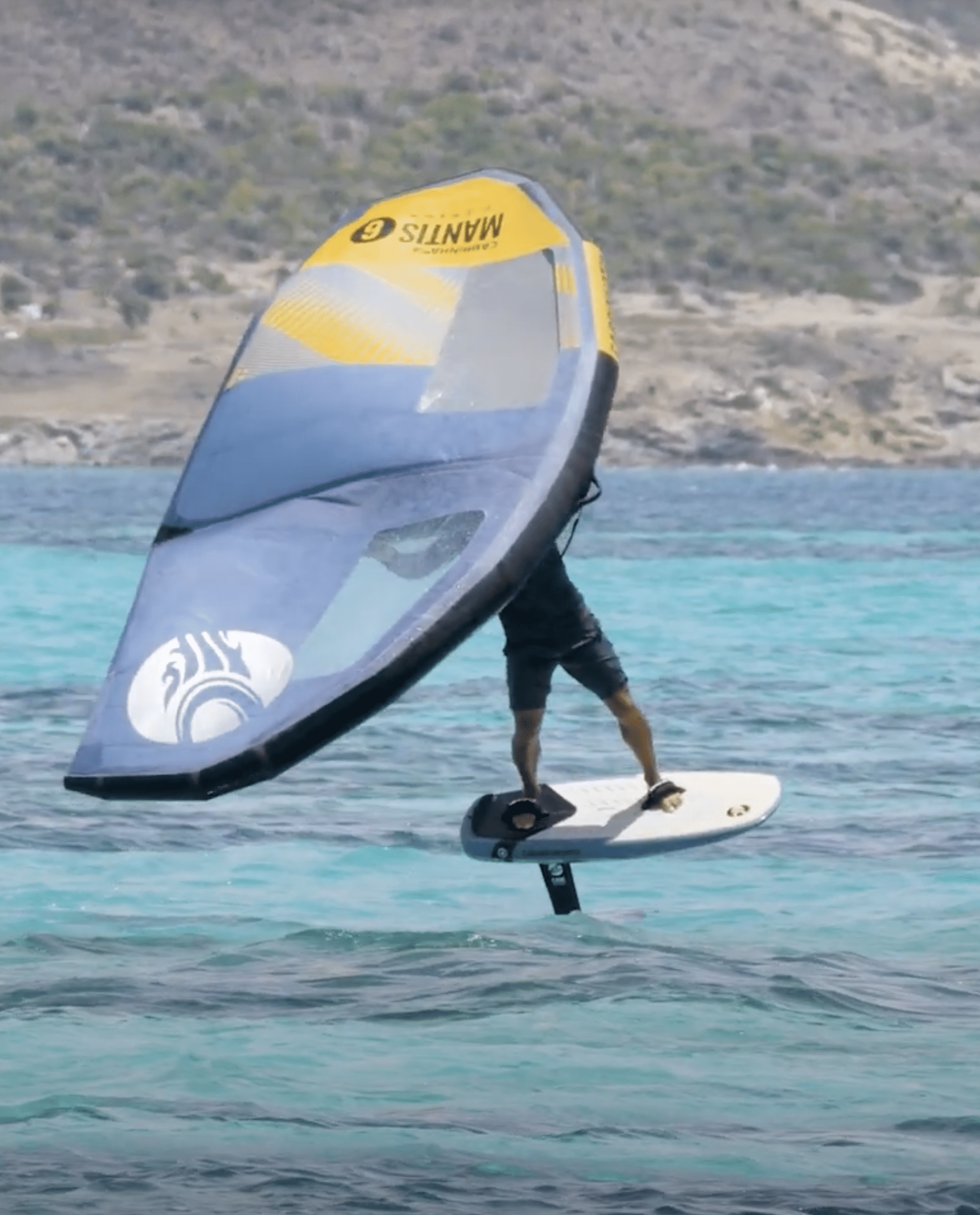
4. Height control
- Height adjustment: Use foil to control your height during rotation. Make sure you maintain a constant height to avoid hitting the water. You can start with a little more height, because as you rotate and lose speed, this greater height will give you more flying time.
- Using the legs: Bend the knees slightly to absorb variations and maintain a balanced position.
5. Completing the 360° Rotation and regaining speed for a successful 360°.
- Finish the rotation: Keep pressing on the toes to finish the rotation. If your board touches the water again, your radius of curvature is too large. So opt for a shorter radius.
- Wing adjustment: Pull on the back hand and push on the front hand while lowering slightly to regain speed and stability.
Additional tips
Regular practice: if you want to make rapid progress in 360, we advise you to block out 20 to 30 minutes in your session and concentrate solely on this maneuver. There’s no secret to it: concentrated repetition over a short period of time will facilitate your learning.
Mistake analysis: Practice identifying and correcting your mistakes to improve your technique. Concentrate on wing position and support.
Frequent errors:
- When I’m against the wind, the wing pushes me towards the outside of the turn and makes me fall.
Solution: before arriving upwind (against the wind), push on your front hand to position your wing above your head and pull on your back hand at the same time. This will allow you to position your kite in line with the wind to prevent the wing from throwing you off balance.
- Rotation too wide and my board hits the water.
Solution: reduce your radius of curvature to turn tighter and regain speed more quickly.
Key points for a successful 360° wing shot foil
- Start as a jibe; tiptoe to catch the wind direction
- Tilt your wing with the leading board facing the water
- Continue your rotation, when the wing starts to push against you, it’s time to push again on the front hand and pull on the back hand. The wing’s leading edge comes to rest above your head. This allows the wing to be repositioned to a neutral position, enabling you to complete your rotation easily without becoming unbalanced.
- Continue to shoot down towards the end of the rotation to regain speed and maintain flight.
Performing a 360 on a wing foil is a maneuver which, although slightly technical, becomes accessible with regular practice and good coordination. The key to the success of this maneuver lies mainly in the perfect synchronization of the wing’s positioning throughout the rotation. This coordination between upper body and wing positioning is fundamental to maintaining balance and ensuring a smooth rotation.
By mastering these aspects, you’ll be able to perform 360s with grace and confidence, opening the door to new freestyle possibilities on the water. The aim of this maneuver is to understand how to position the wing to generate or neutralize the wing’s power. So grab your wing, get in the water and don’t forget to enjoy the learning process while having fun.
If you have any further questions, or if you have any other requests, please don’t hesitate to contact us!
 Le Magazine
Le Magazine



